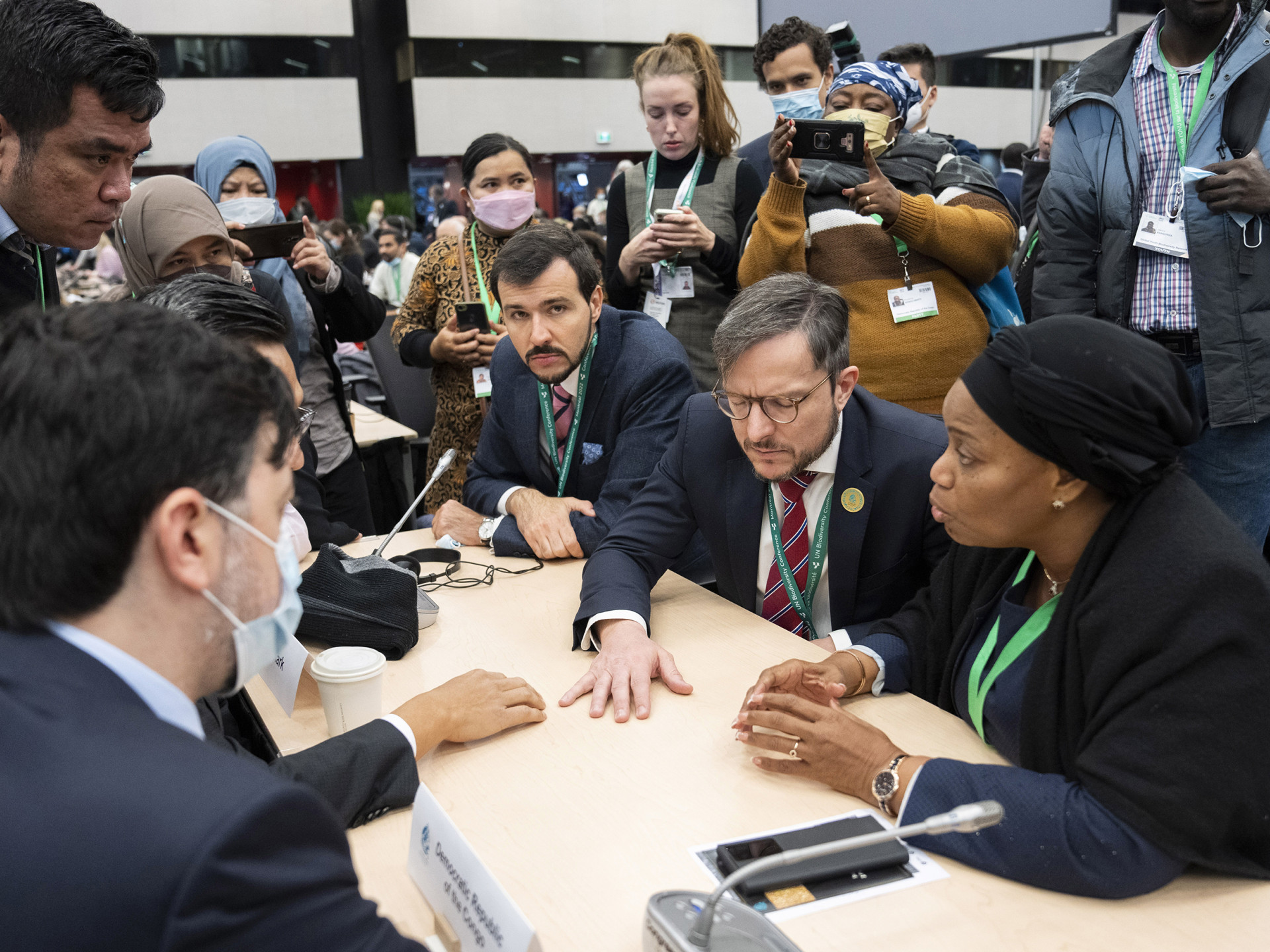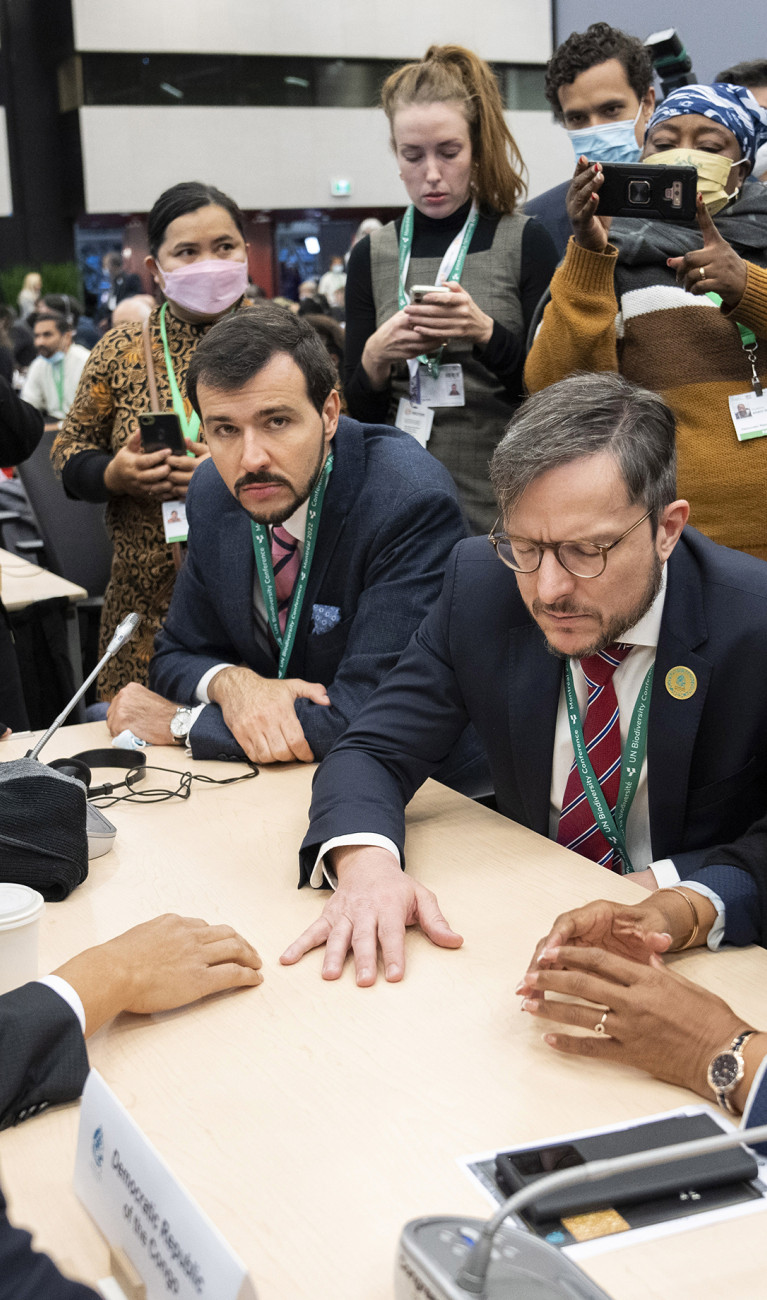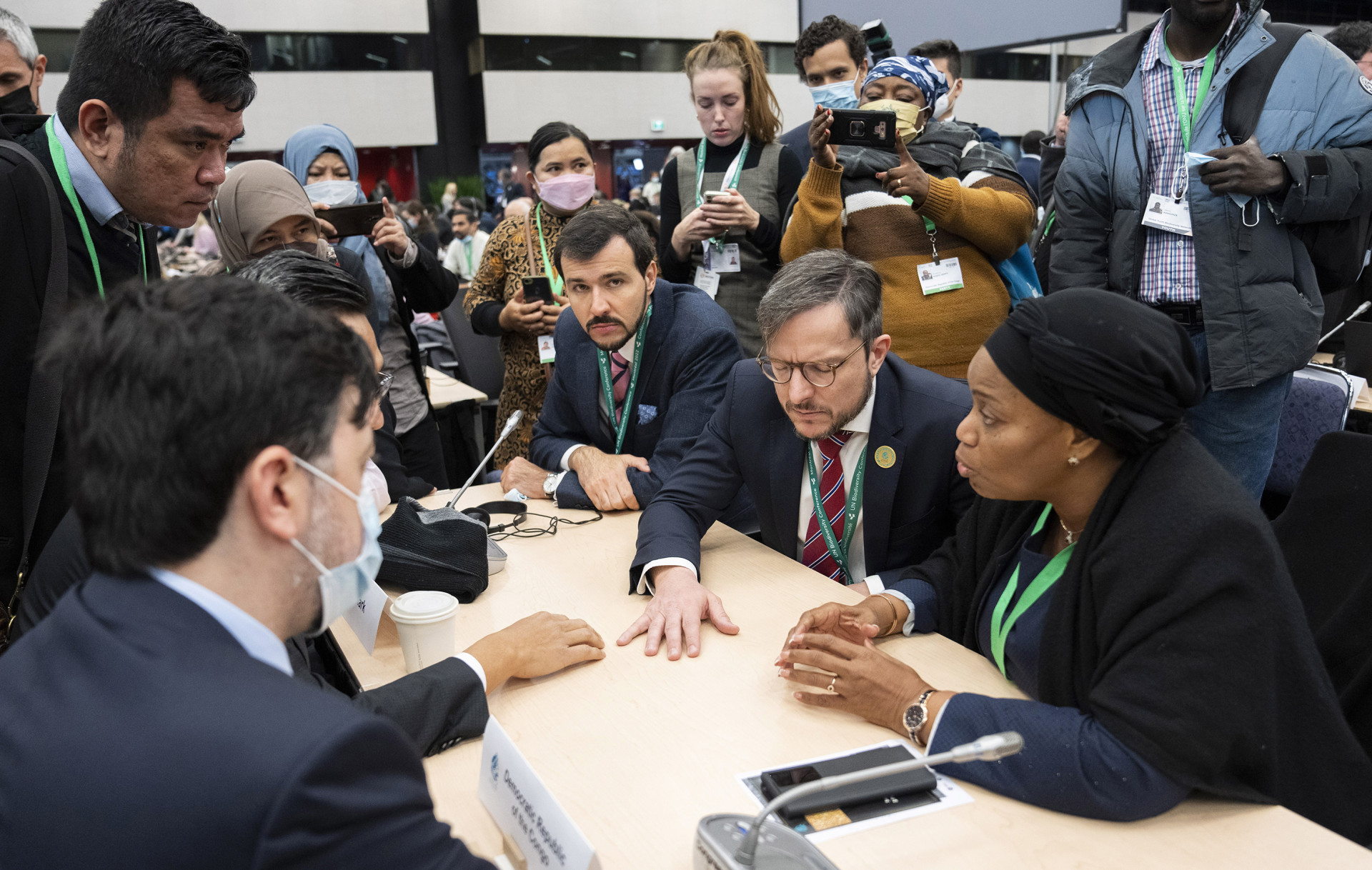Hope for nature and the climate: the Montreal framework agreement


After nearly two weeks of negotiations, the international community struck a deal, adopting a new framework agreement for preserving Earth’s biodiversity. It includes 23 extremely important targets for conservation and climate protection. But the question is which of them will actually be met.
Some observers feared that the conference would last beyond its deadline or even end with no result at all. At times the conflicting interests of the 196 countries that had been negotiating a new framework agreement for two years appeared insurmountable. But on the morning of December 19, 2022, they made a landmark decision. The negotiators at the CBD COP15 conference in Montreal, Canada, adopted a new agreement to protect nature and biodiversity: the Kunming-Montreal Global Biodiversity Framework.
Government ministers arrived for the final round, including Federal Environment Minister Steffi Lemke from Germany. The Chinese minister presiding over the conference requested mediation by special envoys, among them the state secretary from the German Federal Ministry for Economic Cooperation and Development, Jochen Flasbarth. On December 18, the Chinese conference president was finally able to consolidate the results of the fractious wrangling in a final draft agreement that was only adopted late that night after last-minute discussion. The document sets much tougher targets than many observers had expected.
For example, countries from the Global South were demanding compensation from the wealthy countries in the northern hemisphere for the preservation of their intact natural areas. They fear losses if they are partly or completely unable to pursue the economic development of such areas. At first it seemed that no solution for this financial dispute was in sight in Montreal, but the countries were able to reach a compromise after all. With the Kunming-Montreal Global Biodiversity Framework (GBF), 23 targets were adopted to stop the destruction of biodiversity and the extinction of plant and animal species, and set a new course toward a sustainable relationship between humans and nature.
More than expected, but doubts remain
“In many cases, the targets are much too vaguely formulated, with no steps defined for how they’re supposed to be reached and no monitoring of progress,” said Almut Arneth, an ecosystems researcher at the Institute of Meteorology and Climate Research at the Karlsruhe Institute of Technology (KIT). “Unfortunately, I’m not very optimistic that humanity will do a better job on biodiversity and ecosystems than it has on climate change. We shouldn’t forget that in 2022, seven years after the Paris Climate Agreement, carbon dioxide and greenhouse gas emissions are rising unabated.”
Non-governmental organizations share her skepticism. The environmental organization Greenpeace criticized the agreement for failing to categorically rule out industrialized fishing or logging in protected areas. The German conservation organization NABU called for tightening the agreement, saying it lacked mechanisms for monitoring and adjusting the targets and clear obligations for its implementation. Further, NABU said the agreement failed to adequately address the real drivers of the crisis: consumption, financial systems and industrial-scale fishing, forestry and agriculture.
Conservation is also extremely important for the climate
Many of the 23 targets are also relevant for climate protection, since intact ecosystems store carbon dioxide (CO₂), which is harmful to the climate. Destroying ecosystems releases CO₂ and reduces nature's capacity for storing CO₂. The following targets are particularly important for climate protection:
- At least 30 per cent of the world’s land and sea area is to be put under protection by 2030 (Target 3).
- Restoration of 30 percent of degraded areas is to begin by 2030 (Target 2).
- The negative impact and environmental hazards related to the agricultural use of pesticides and fertilizer are to be cut in half by 2030 (Target 7).
- States are to take measures to raise awareness among producers and consumers about protecting biodiversity (Targets 15 and 16).
Biodiversity: Why we need to act now
An important basis for the resolutions made in Montreal was provided in early 2019 by the IPBES Global Assessment Report on Biodiversity and Ecosystem Services, which estimated the number of species threatened with extinction at 1 million out of approximately 8 million. Human activity has changed 75 percent of the world’s land surface and 66 percent of its marine areas, and more than 85 percent of the planet’s wetlands have been lost over the past 300 years. Compared to pre-industrial levels, forested areas worldwide have decreased by one third.
A lot of money will be needed for the implementation of these and other targets. In the run-up to the conference, a figure of $700 billion per year was mentioned. The following was resolved in the agreement:
- Richer countries are to pay compensation of at least $20 billion per year through 2025 to poorer countries with valuable natural areas. This figure is to increase to at least $30 billion by 2030 (Target 19).
- Including the aforementioned compensation payments, $200 billion per year is to be mobilized for biodiversity in all participating countries by 2030 (Target 19).
- Subsidies and incentives for production methods that harm the environment are to be reduced by $500 billion per year worldwide (Target 18).
“These are all essential measures,” said Arneth from KIT. Ecosystems can do their part, according to Arneth, though the main thrust should be to reduce overall greenhouse gas emissions. “And reduce them quickly, because otherwise not only will climate change negate the biodiversity targets, but conversely the mitigation effects that intact ecosystems have on climate change will also be negated,” Arneth explained, pointing out an interdependency. Calling for the reduction of subsidies for agricultural practices that harm the environment is particularly important, Arneth indicated, because in doing so, the agreement directly addresses the reduction of greenhouse gas emissions – at least those caused by agriculture.
National implementation strategies
What the agreement is actually able to accomplish in the end will depend on such measures. The countries have their work cut out for them. They have to identify the areas they want to protect. A further agreement on the protection of remote areas well beyond national jurisdiction needs to be negotiated for the oceans.
The conference’s results must be implemented on the national level by the individual countries. The agreement stipulates that each country will develop its own national biodiversity strategy. Countries that already have such a strategy, like Germany, will have to revise it. So Germany’s national biodiversity strategy will be rewritten to give municipalities, which are local actors, a greater say. After all, the local level is where people need to be convinced about decisions involving whether and how an area will be used.
The European Union has had a biodiversity strategy since 2020. It includes targets similar to those in the Kunming-Montreal framework and is already showing how difficult it is to implement them. Just recently, the use of the herbicide glyphosate was extended for another year.
The signatory states are to report on their strategies, measures and results. However, some criteria remain to be specified. What happens when signatories do too little or fail to achieve targets for other reasons is an open issue. Improvements are possible, but penalties are not. Indeed, the agreement explicitly mentions implementation in a “supportive and non-punitive fashion,” since the international community aims to respect the sovereignty of every nation and avoid imposing excessive burdens.


